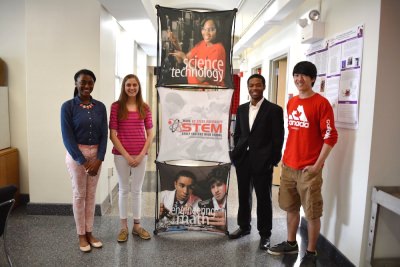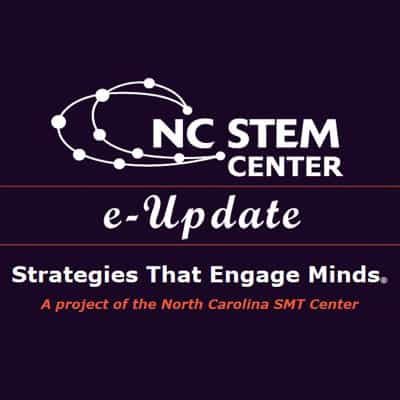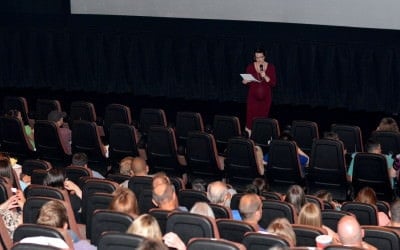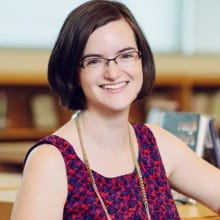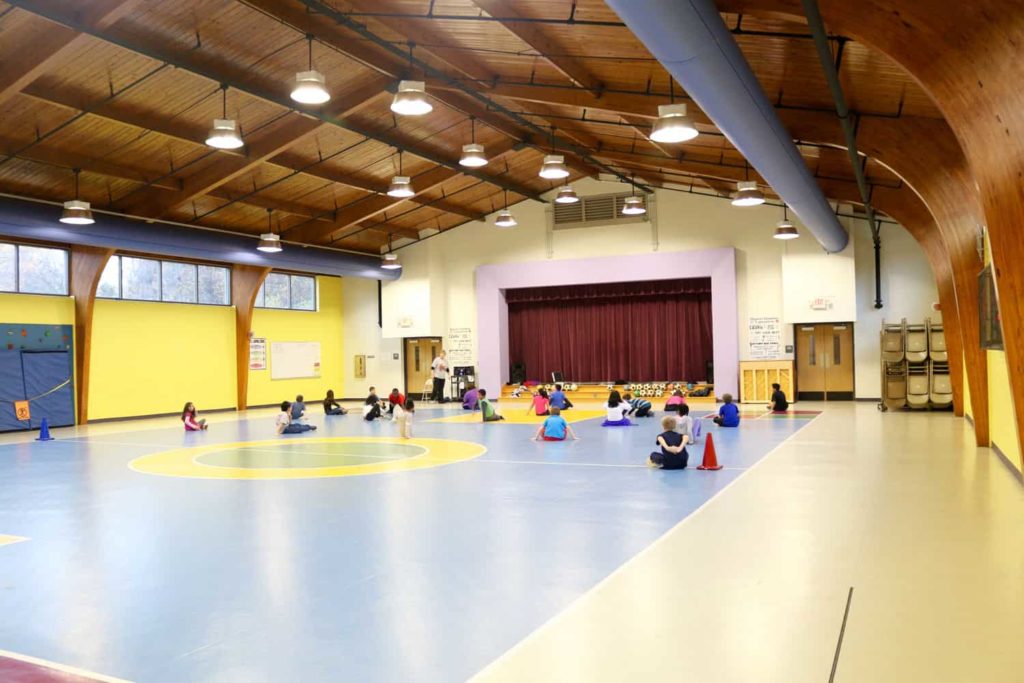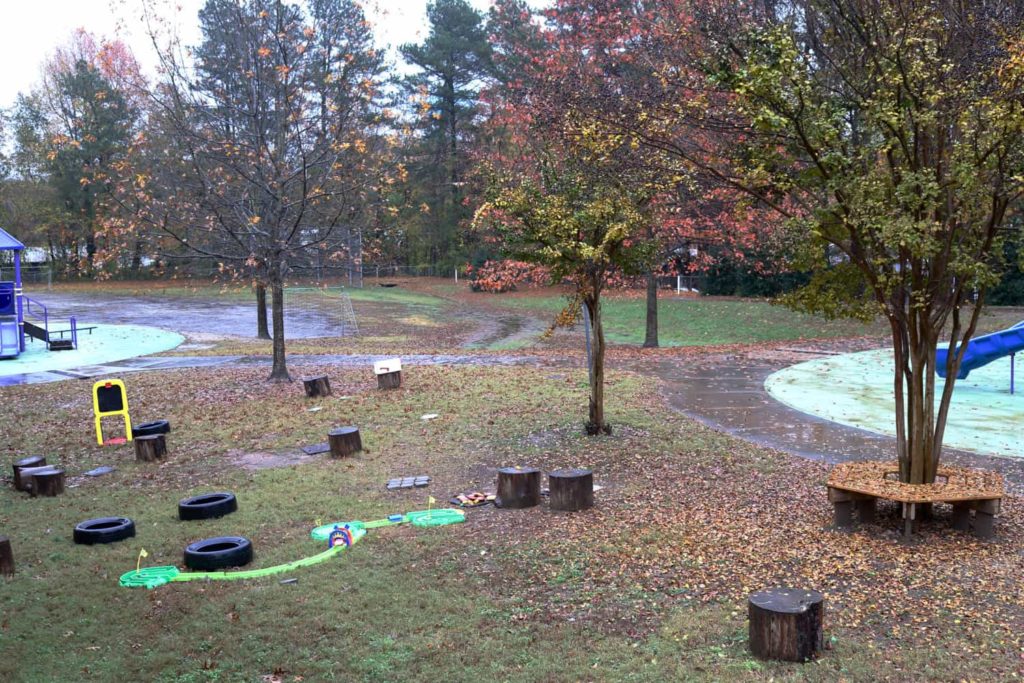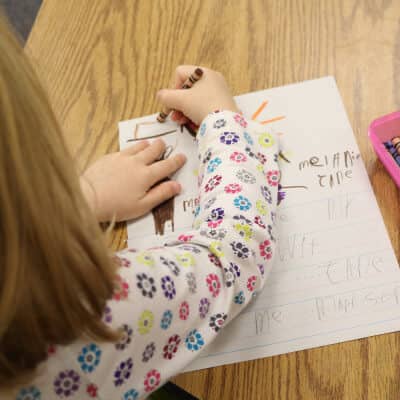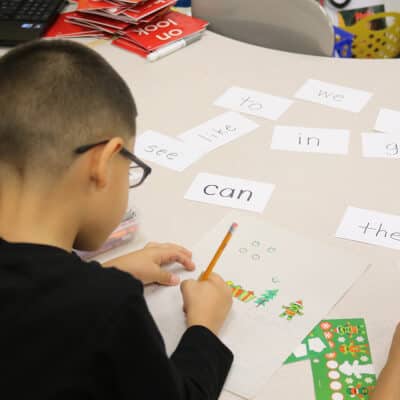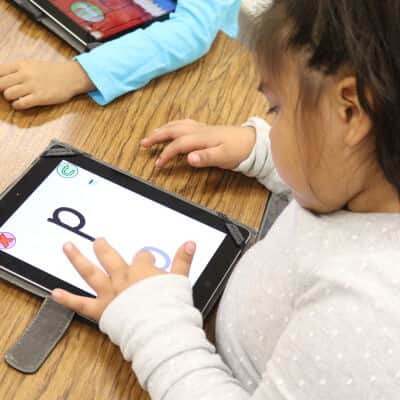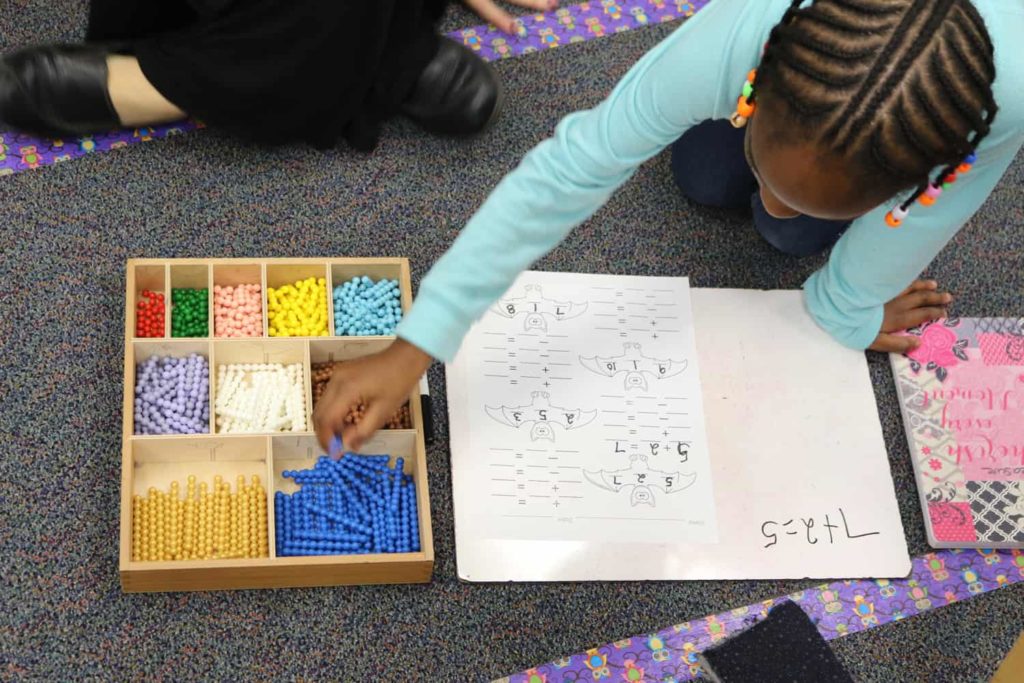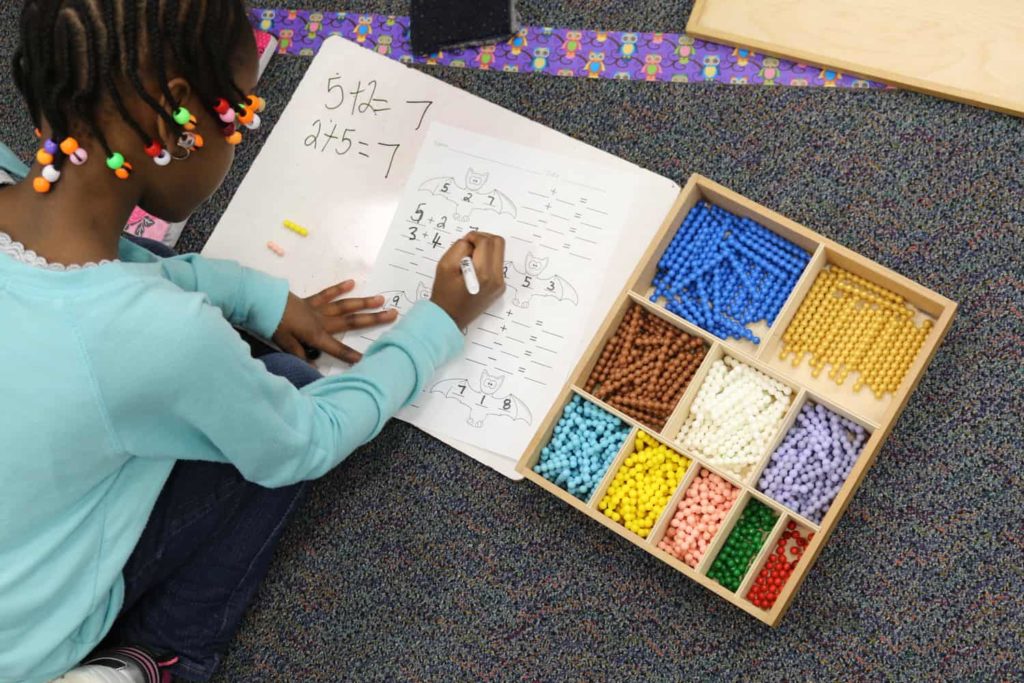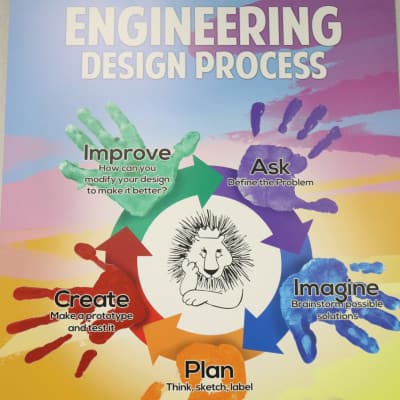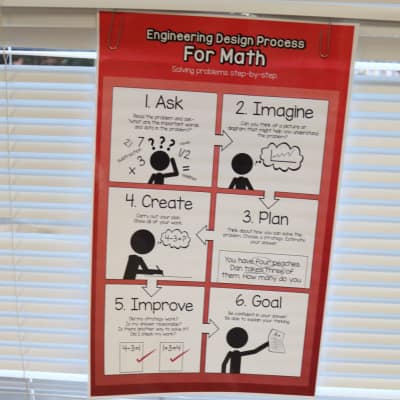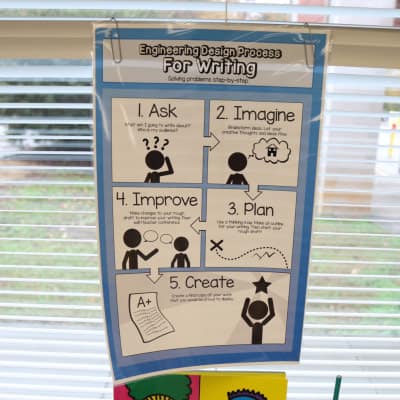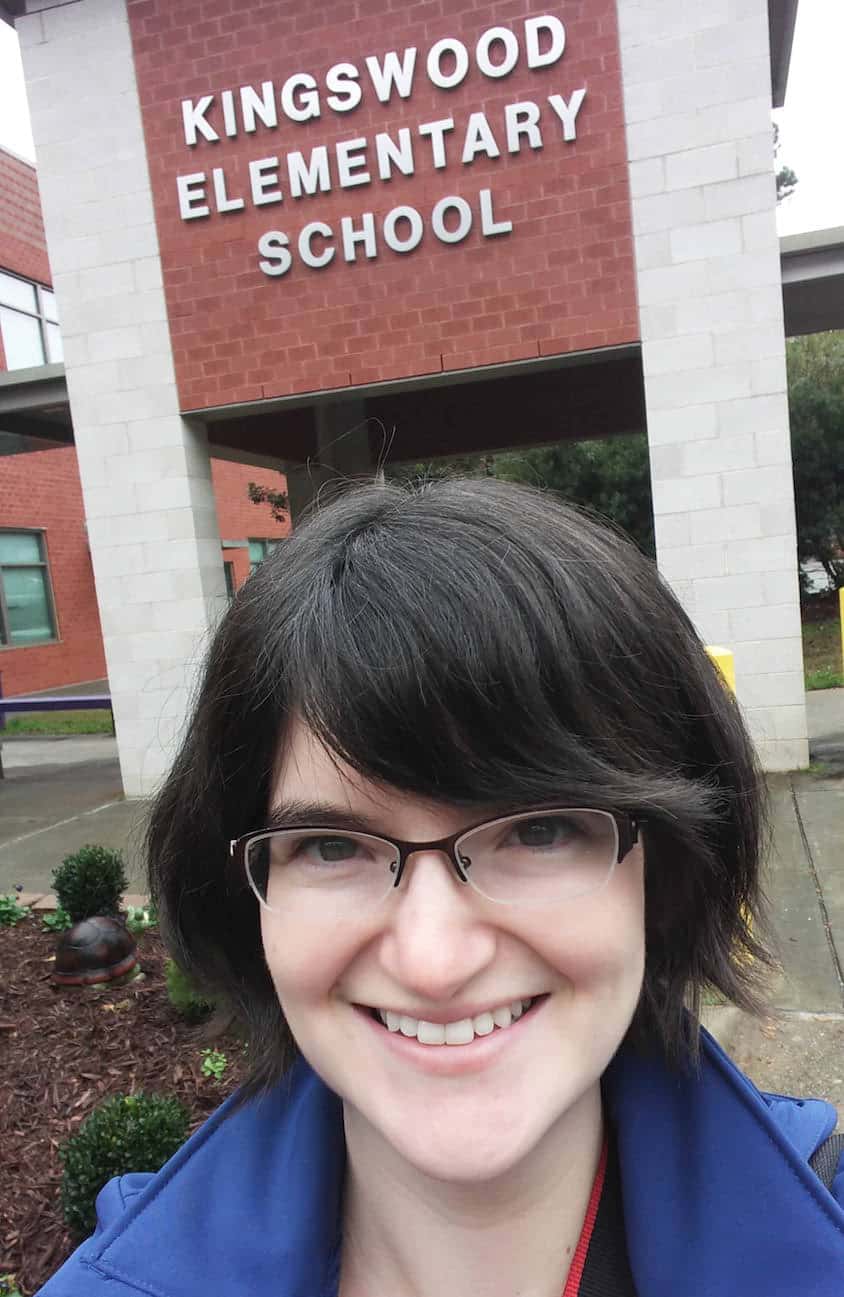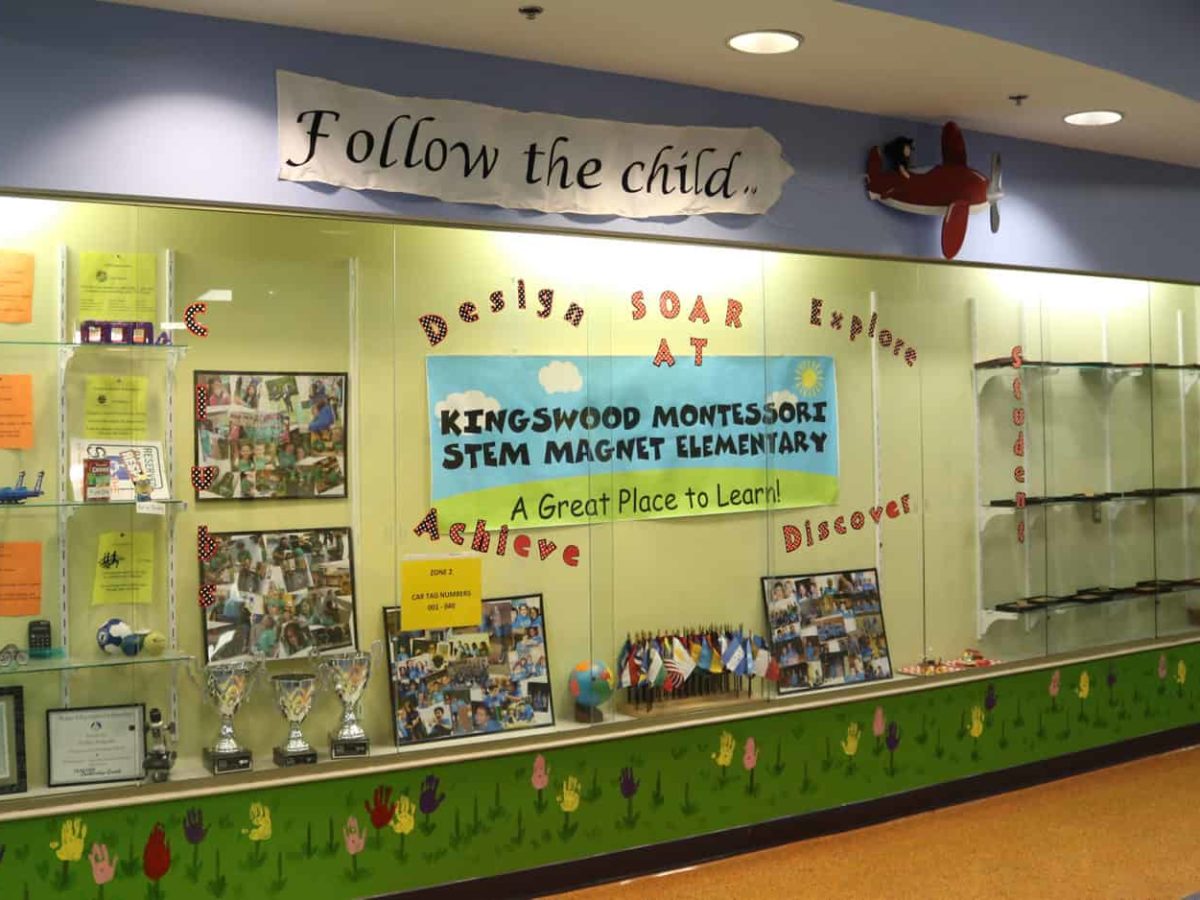
When I attended Kingswood Elementary in Cary as a kindergartener in 1989, it was a pilot year for Wake County’s year-round program. The district repurposed an old middle school to house the single-track program, and Kingswood Elementary became the first year-round magnet school in the nation. According to an article that my mom saved from the July 30, 1989 issue of The Cary News, the school “opened its doors for the first day of school for about 260 [K-5] students.” The first two years of Wake County’s year-round program took place in that old school.
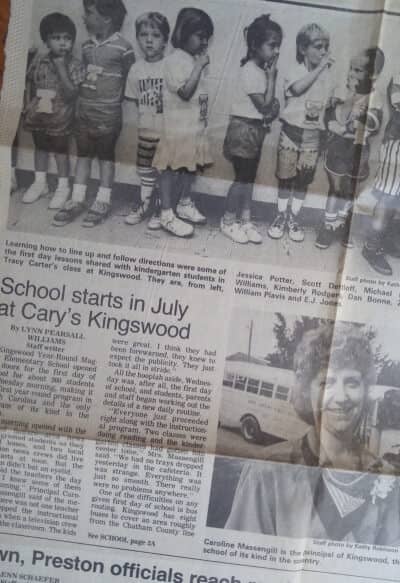
The pilot program was such a success that in 1991, the district built a new elementary school — Morrisville Elementary — which was large enough to meet the increasing demand for the year-round program (although not entirely large enough, as I still remember having some classes in trailers). My second-grade year, most of the student body and staff from Kingswood were moved to Morrisville and we were divided amongst the four tracks. Morrisville was then “the nation’s first multi-track magnet year-round school.” 1
The rest, as they say, is history and the year-round program took off, for better or for worse.
I was excited to visit Kingswood and hoped to see some of the scenes that are so bright in my mind. Although the school was renovated in 2004 — leaving few visible reminders of the Kingswood I remember — there was something about the spirit of the school that remained and was warming to see.
Today, Kingswood is still a small school, serving 430 students. It is no longer year-round, but is Wake County’s sole public Montessori school. And not only is it Montessori, it is Montessori STEM, which is basically a power combination that makes me want to go back to kindergarten. The school became a STEM-focused school in 2009, and just last year, in 2014, adopted the Montessori model. I visited a combined pre-K/kindergarten class, a kindergarten class, and a first-grade class to see it in action.
Montessori classrooms are designed to have learning stations with tasks organized thematically, for instance, math, writing, fine-motor, and sensory. The pre-K/kindergarten stations are labelled with symbols, which gives pre-literate students the autonomy to identify the stations on their own.
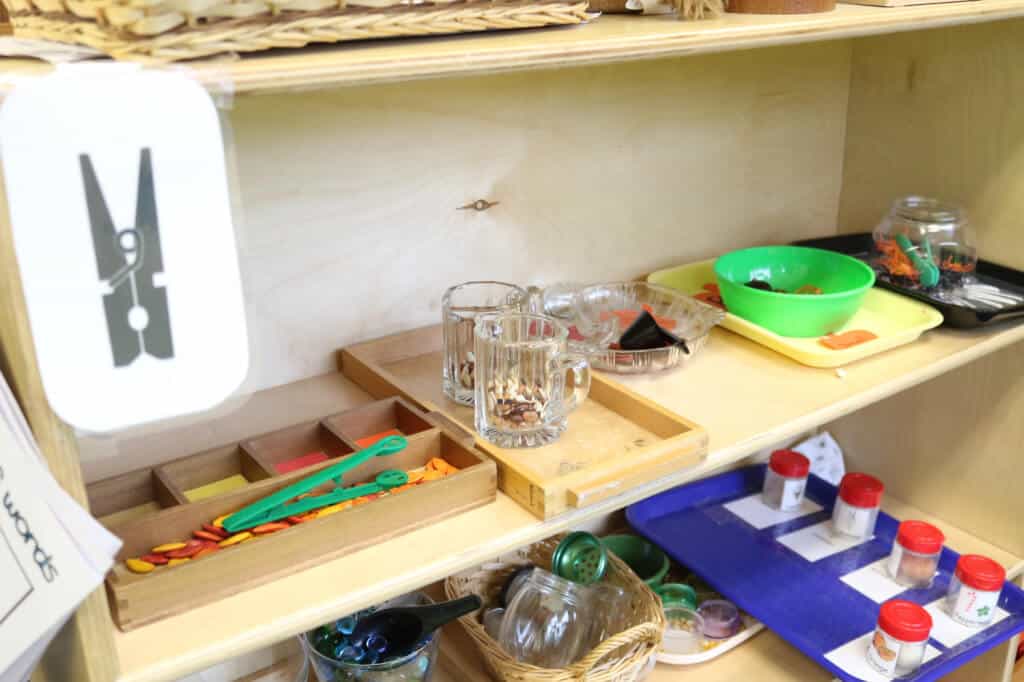
To the teachers at Kingswood Elementary, Montessori means differentiated instruction and personalized learning. To the students, Montessori is a fancy word that means they have the power of choice.
Ms. Hulse, a kindergarten teacher, explained that differentiated instruction allows her to “give each child exactly what they need to learn.”
The students love it. They were all engaged with their lessons. When frustration crept in, as it inevitably does, the teachers and teacher assistants are there to lend a guiding hand. But the students’ sense of pride and accomplishment is palpable when the lesson clicks.
This first grader was having some trouble with addition. Her teacher set her up with these beads as a way to demonstrate the concept in both a visual and sensory way. Once she saw and felt that seven beads plus two beads is not five beads, she was able to see that her written equation was not quite right and figured out quickly how to fix it.
Since this is a public school, there is some tension between the Montessori model and the standards set by the district. Students don’t have complete choice over their activities because they are required to meet certain goals. But the classrooms have a system of structured choice that is designed to mitigate that. They have a one- to two-hour block of time to focus on a subject, during which they may have some group instruction followed by individual and team work. At that point, the students are able to choose their activity within the subject based on their individual work plan.
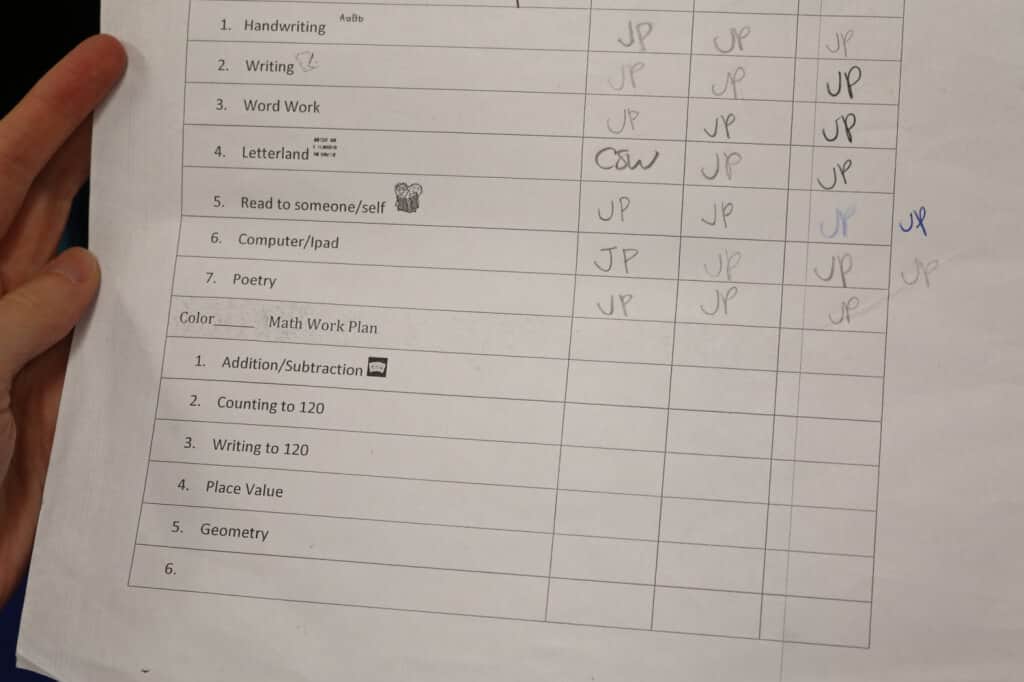
Children are born scientists. Science is all about questions and guesses and discovery and even failure. With a focus on STEM at an early age, children’s innate curiosity and love of learning is nurtured. Kingswood incorporates the Engineering Design Process into all of its classrooms. The students are prompted to “ask, imagine, plan, create, and improve.” I can’t think of many processes as natural as that to a child.
Even though I didn’t get to see my old classrooms or the old cafeteria, I wasn’t disappointed in the least. With the empowering Montessori model and the engaging STEM-infused curriculum, the students at Kingswood have it made. I hope they look back on their years at this school as fondly as I do.
Recommended reading
